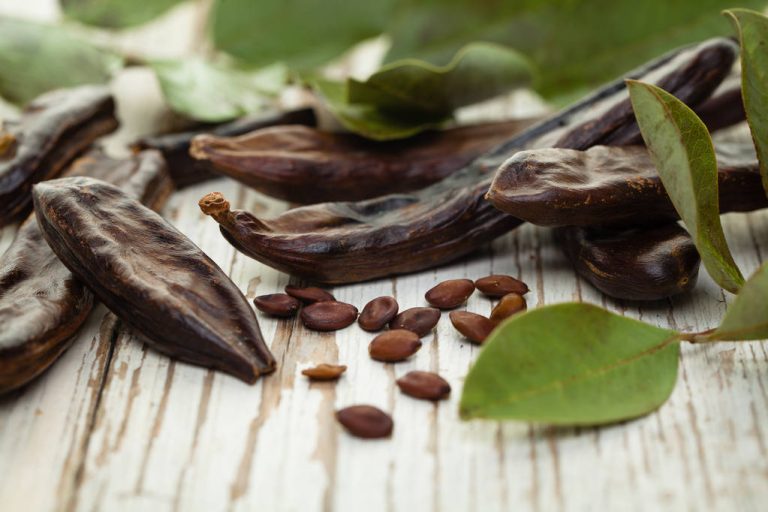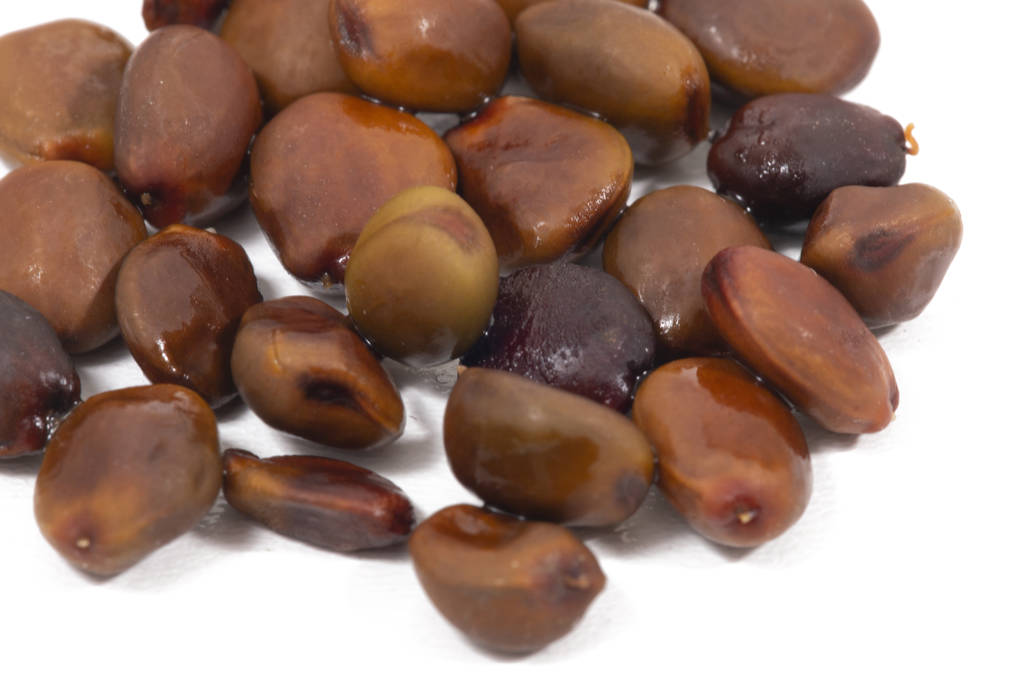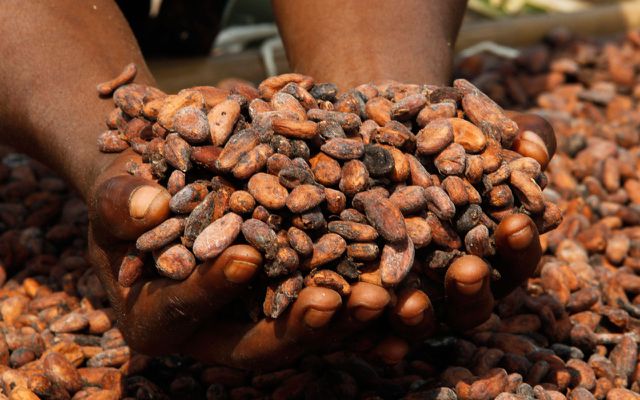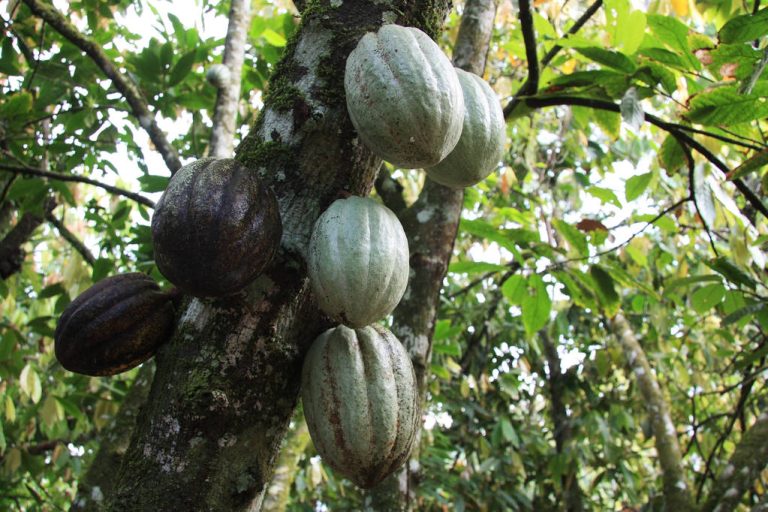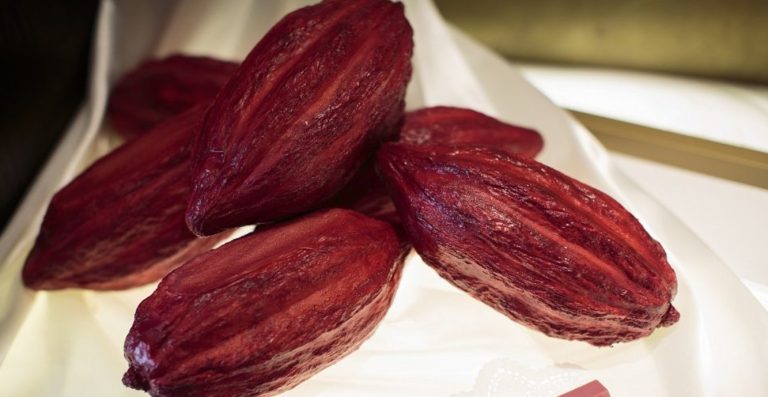The healthy effects of cocoa on body and mind. We will show you which home remedies you can use to use cocoa as a medicinal plant. The brown bean cocoa as a miracle cure is good for the body and mind.
The Mayas and Aztecs already knew cocoa as the “food of the gods” and used it for their rituals around 1,500 BC. The drink was mixed without sugar, only with water and chili, and drunk as a strengthening and medicine. It was reserved for priests and warriors only. But even today you can use the healthy effect of the delicious bean for beauty and household tips.
The positive ingredients of cocoa
Since raw cocoa contains many positive ingredients, it is considered very healthy. The important substances contained include calcium, magnesium, and iron. These minerals benefit our bodies by strengthening our bones, providing energy to our muscles, and promoting oxygen transport to our bodies. In addition, the antioxidants contained in raw cocoa are important for protecting our body cells. The following areas of application also speak in favor of the benefits of soothing cocoa:

1) A good pick-me-up
It doesn’t always have to be coffee in the morning. Raw cocoa also contains caffeine and flavonoids, which get our circulation going. The theobromine it contains has a similar stimulating effect on the heartbeat and pulse. This ensures that the blood is pumped through our veins faster and increases activity and concentration. Cocoa is not only a pick-me-up for a healthy start to the day, but is now used at some parties in the form of raw cocoa as a healthy stimulant for dancing the night away. Our tip: subtly sweetened raw cocoa with a pinch of chili, like the old South American cultures used to drink, gives even morning grouches the necessary kick. Also a good pick-me-up: special properties of matcha tea.
2) Cramp reliever for period pain
Many women get a craving for chocolate during their menstrual period. But are you right with your intuition? After all, cocoa is one of the best sources of magnesium among foods, as there are 545 grams of magnesium in 100 grams of cocoa alone. Magnesium is not only good for the heart and metabolism but also relaxes the muscles and is, above all, antispasmodic. Magnesium also prevents migraines and ensures communication between nerve cells, which is why chocolate can be described as “nerve food” for good reason.
But be careful: Industrial sugar and dairy products are not beneficial during the period, which is why you should use dark chocolate. This has a lower sugar content and often even does without milk components. Warm cocoa with oat or almond milk is a good home remedy for period cramp discomfort.
3) Natural mood enhancer
Cocoa puts you in a good mood. The amino acid tryptophan contained in raw cocoa and the plant alkaloid salsolinol are also used as an antidepressant. Tryptophan is also found in bananas and dates and releases the happiness hormone serotonin. The salsolinol in cocoa creates euphoria by producing dopamine. How about a power smoothie made from bananas, dates, almond milk, and raw cocoa? Instead of industrial sugar, bananas and dates provide a natural fruit sweetness. If you want something to spoon, you can add some chia seeds and spoon the healthy happiness. But there are other natural antidepressants and mood enhancers as well.
4) Slim down with cocoa
Eat chocolate and lose weight? Unfortunately, it’s not that easy. Commercially available chocolate usually has little cocoa, but too much industrial sugar. In the meantime, however, there is also raw chocolate with a high cocoa content on the market, which is sweetened with the birch sugar xylitol, which is healthy for the teeth and figure. There is also chocolate with coconut blossom sugar. If you make your own chocolate, you can decide which ingredients to use.
You can find cocoa nibs in more and more shops. The small sprinkles made of raw chocolate are suitable for nibbling or sweetening some natural yogurt or chia pudding, which satisfies the craving for chocolate but does not absorb industrial sugar or fat. Due to the tart taste, people consume it more consciously and less, and cocoa also has an appetite-suppressing effect, promotes blood circulation, and stimulates fat breakdown.
5) Wash your hair with cocoa

Washing hair without shampoo? You can smear this in your hair! So-called dry shampoos for greasy hair are a good alternative to conventional shampoos, have no harmful additives, and consist of simple home remedies such as cocoa with low oil content. Simply apply the heavily de-oiled cocoa carefully to the hairline with a powder brush, leave it on for a short time and then brush the hair out well over the sink. If you like, you can add a tablespoon of baking soda to the cocoa powder and pass the mixture through a fine sieve before applying. You can easily make your own shampoo.
6) Coloring gray hair
If you want to darken your color or make gray hair disappear, you can also use the delicious bean: Simply mix half a cup of highly de-oiled cocoa powder with a cup of natural yogurt and add a teaspoon of apple cider vinegar. After washing, apply this mass to well-dried hair, wait five minutes and rinse. But cocoa is not only good for the hair on the outside: cocoa beans contain iron and zinc and ensure that the scalp is well supplied with blood. Here you will find more home remedies and tips for coloring your hair yourself.

